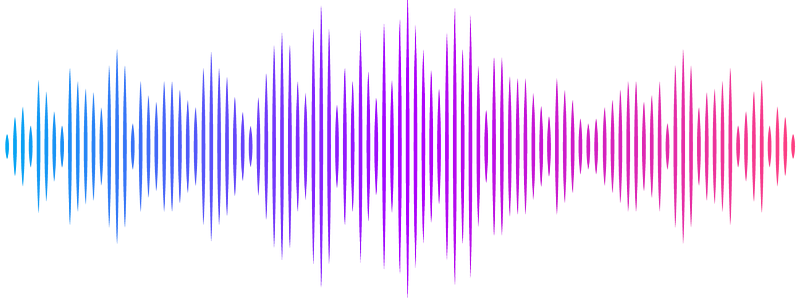Small molecule bioactivity benchmarks are often well-predicted by counting cells

Small molecule bioactivity benchmarks are often well-predicted by counting cells
Seal, S.; Dee, W.; Shah, A.; Zhang, A.; Titterton, K.; Cabrera, A. A.; Boiko, D.; Beatson, A.; Puigvert, J. C.; Singh, S.; Spjuth, O.; Bender, A.; Carpenter, A. E.
AbstractPhenotypic profiling methods, such as Cell Painting and gene expression, have been widely used to predict compound bioactivity, often showing improvement over predictive models based on chemical structures alone. We discovered that a large subset of assays in widely-used benchmark datasets either directly relate to cell health and cytotoxicity or are assays intending to capture a more specific phenotype but whose active compounds impact cell count, while inactives do not. As a result, counting cells can achieve similar predictive performance as Cell Painting or gene expression data. Filtering benchmarks to include only assays relating to protein targets reveals that Cell Painting can capture information that cannot be predicted by mere cell counting. We re-evaluated three benchmark datasets used with Cell Painting data and observed that, in many cases, cell count models produced an AUC comparable to models using the full Cell Painting profiles. However, in protein-target-specific benchmarks across 17 distinct protein targets, Cell Painting features demonstrated unique predictive power, outperforming mean balanced accuracy from cell count models with a relative improvement of 19.6%. We propose five practical recommendations for benchmarking machine learning models for predicting bioactivity, including using cell count as a baseline feature. Although multi-class classification applications (such as matching samples based on their morphological profile) are less likely to be predictable by cell count than bioactivity benchmarks, these recommendations are broadly applicable to machine learning for drug discovery.